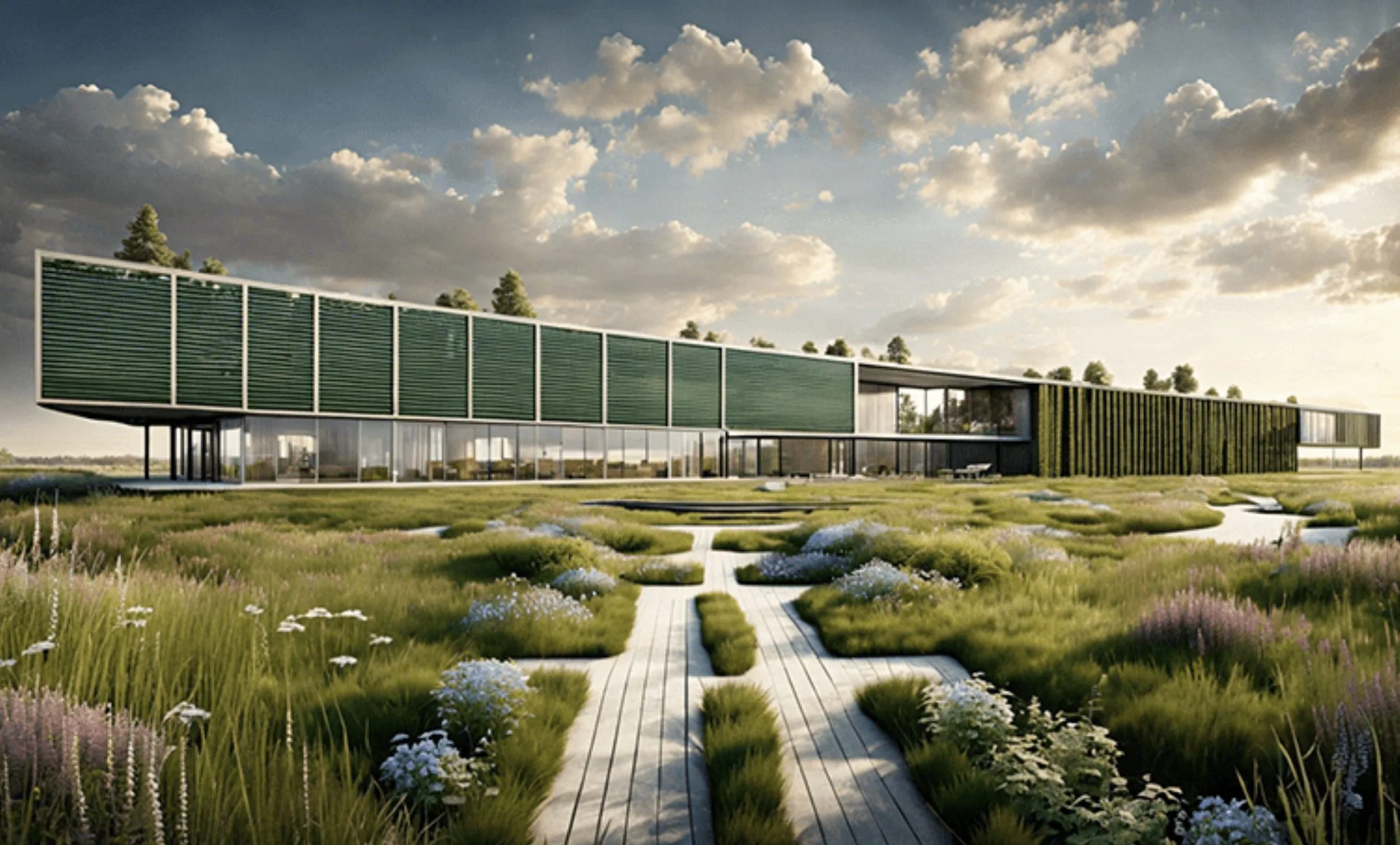The University of Maryland is partnering with Quantum Loophole to design a 600-acre nature reserve around a new data center complex in Frederick County, Maryland. The reserve will absorb greenhouse gases and other air pollution, manage rainwater runoff, and buffer sound. The project aims to make environmental sustainability a key focus for future data centers. The nature reserve will also provide recreational benefits for the local community. Professors Dave Tilley, Peter May, and Chris Ellis are involving students in the design and engineering processes. The reserve is expected to store nearly 2800 tons of carbon each year.
The Future of Data Centers: A Greener Approach
The next generation of data centers may not only be powerhouses of data processing but also champions of environmental sustainability. A new project in Maryland is set to redefine the traditional image of data centers as energy-guzzling behemoths. Instead, the project aims to integrate a 600-acre public nature reserve into the design of a new data center complex. This reserve is designed to absorb greenhouse gases and other air pollutants, buffer noise, and manage rainwater runoff from the new buildings.
A team of ecological engineers, industrial ecologists, and landscape architects from the University of Maryland are collaborating with Quantum Loophole, a development company, to plan the grounds of this innovative data center community in Frederick County, MD. The project represents a significant shift in the approach to data center design, focusing on environmental sustainability as a key aspect.
Data Centers and Environmental Impact
Data centers, the backbone of the world’s IT infrastructure, are typically large concrete structures filled with computer servers that store and process the world’s data. Their extensive land use, high electricity consumption, and cooling water requirements have raised concerns about their environmental and social impact. The growing global data infrastructure, driven by the rise of data-hungry artificial intelligence, has further intensified these concerns.
However, this new partnership between the University of Maryland and Quantum Loophole aims to transform the perception and reality of data centers. The goal is to turn a data center complex into a positive environmental contributor rather than a detriment. The project aims to push the boundaries of what a data center can be, potentially influencing the future of the data center industry.
Quantum Loophole’s Green Initiative
The Quantum Loophole community of data centers is being built on the site of a former aluminum processing plant. Once fully developed, the Nature Reserve will store nearly 2800 tons of carbon each year, more than twice the amount of carbon emitted by the facilities’ backup generators. The company has stated that their customers are often the first to commit to purchasing primary electricity from renewable sources.
In addition to capturing carbon and other air pollutants, the forested reserve will mature into a natural ecosystem that supports a diversity of native plants and wildlife, absorbs rainwater runoff, and buffers sound from the data center. A trail system through the preserve will provide recreational benefits for the local community.
Student Involvement in the Project
As part of the partnership, several University of Maryland professors are involving students in the design and engineering processes. This provides a unique opportunity for students to gain hands-on experience in addressing a real-world challenge where society’s resource needs often conflict with environmental health.
In the initial proof-of-concept phase, a team of environmental science students has begun planting trees on a 15-acre test plot. They will also install sensors to measure soil conditions, carbon dioxide emissions, water quality, and other important features of the site to help gauge the benefits of the reserve.
The Long-Term Vision
The project is a major undertaking that will continue throughout the year. The seeds of the partnership were planted a few years ago when Justin Matney, a former undergraduate physics major at the University of Maryland and current employee at Quantum Loophole, enrolled in a class on ecological innovation and entrepreneurship. The lessons of nature-based solutions and out-of-the-box thinking stuck with him, and resurfaced last year when Quantum Loophole wanted to use the land around their site to help capture carbon and improve their footprint in the community.
The project represents a significant step towards a greener future for the data center industry. By integrating environmental sustainability into the design of data centers, the project aims to advance the future of clean, green industry, and make data centers part of nature.
External Link: Click Here For More

